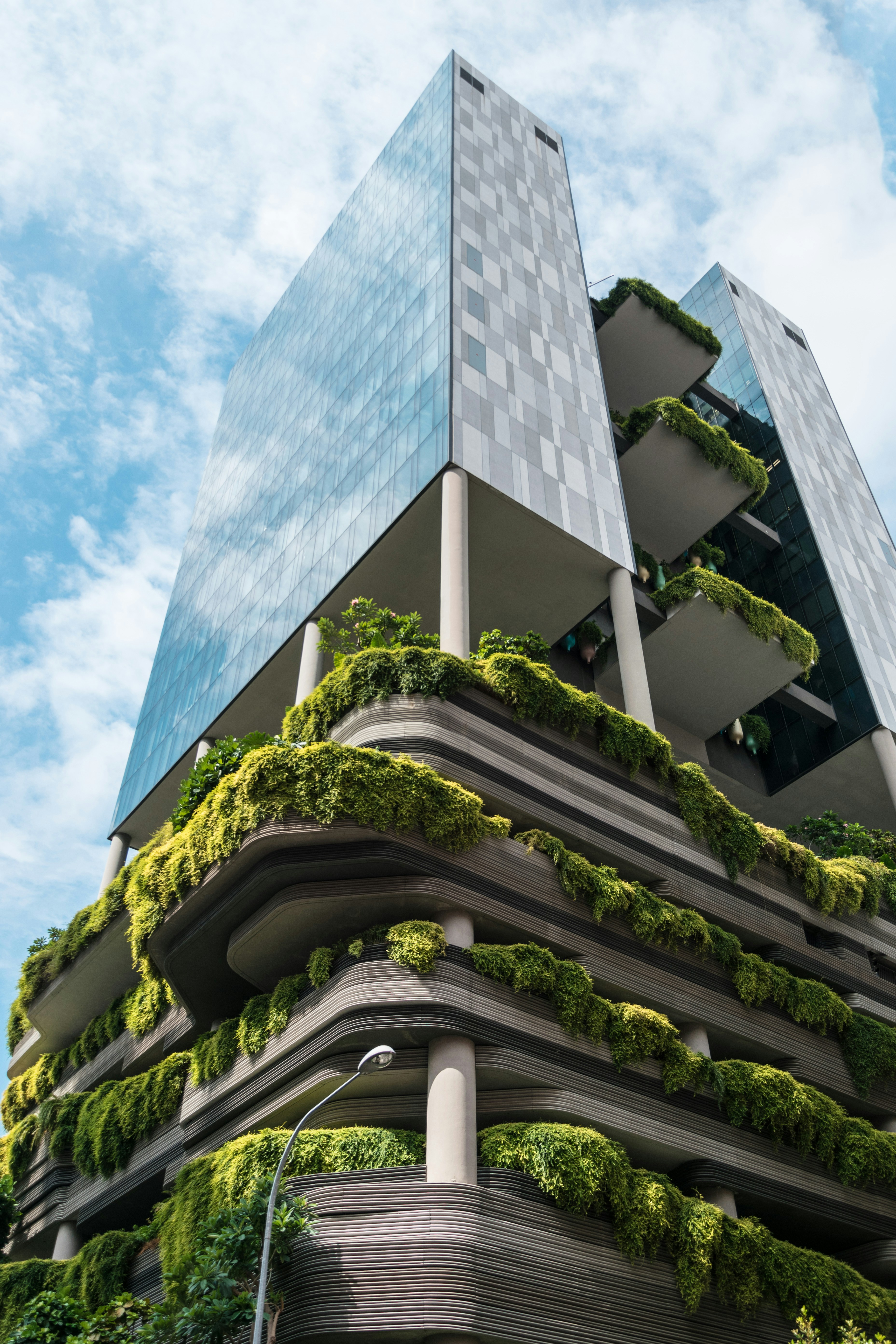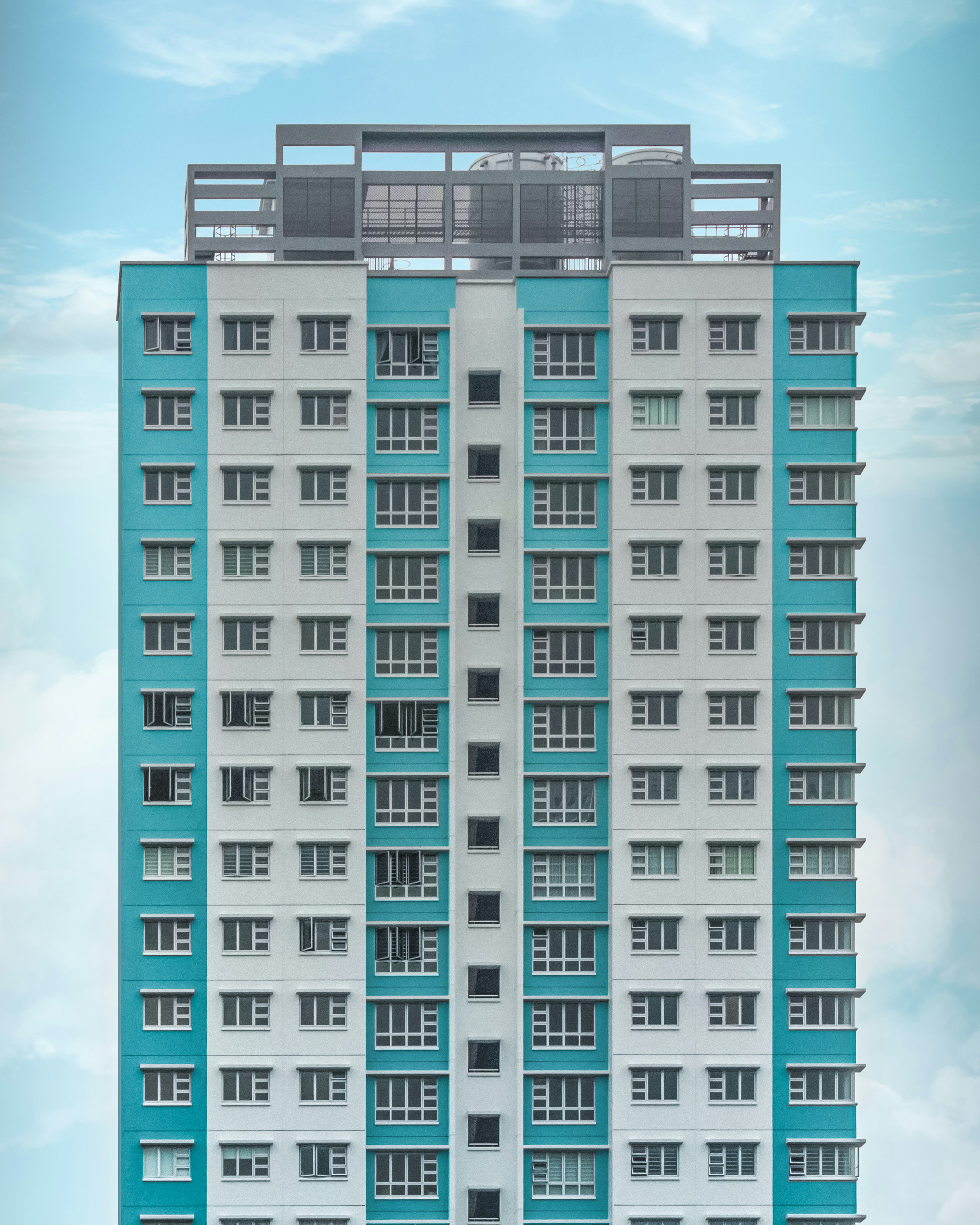Green Tech That Boosts NOI and Cuts Emissions: How Sustainable Innovations Drive Real Estate Profits

Sustainability in real estate is no longer just a “nice-to-have” or marketing statement — it is a strategic lever that drives financial performance, reduces operational costs, and positions properties competitively in the market. With rising energy prices, stricter environmental regulations, and growing tenant expectations for eco-friendly spaces, property managers and investors are increasingly turning to green technology. Beyond the environmental benefits, green tech has a direct and measurable impact on Net Operating Income (NOI).
This guide explores how innovative green technologies—from smart building systems to renewable energy and water conservation—can boost NOI while reducing emissions, helping investors and operators future-proof their assets.
Why Green Technology Is a Financial Imperative
Rising Operational Costs and Tenant Expectations
Utility expenses are often one of the largest components of a building’s operating costs. According to the U.S. Energy Information Administration, commercial buildings spend up to 30% of their operating budgets on energy consumption. Meanwhile, tenants increasingly prioritize sustainability. Millennials and Gen Z, who now make up a significant portion of renters and commercial tenants, are more likely to choose buildings with strong environmental credentials.
Investing in green tech directly addresses these issues by:
- Reducing energy and water expenses
- Enhancing tenant comfort and satisfaction
- Improving property value and marketability
Key Insight: Energy-efficient upgrades can lower operating costs by 20–40%, translating directly into higher NOI.
Tangible ROI of Sustainability Initiatives
Green technologies often have measurable, fast-return impacts. Examples include:
- LED lighting retrofits: Up to 80% less energy usage than incandescent bulbs.
- Smart HVAC controls: Reduce energy waste by automatically adjusting temperature based on occupancy.
- Low-flow water fixtures: Cut water bills by 15–30%.
Combined, these systems create a cascade effect: lower expenses, higher tenant retention, and stronger property valuations.
Core Green Technologies That Drive NOI
1. Smart Energy Management Systems (SEMS)
SEMS combine IoT sensors, predictive analytics, and AI to optimize energy use in real time. They adjust HVAC, lighting, and other systems dynamically, based on occupancy patterns and weather forecasts.
Benefits:
- Reduced energy waste
- Predictable utility costs
- Lower maintenance and repair requirements
Real-World Example: A 500-unit multifamily complex installed a SEMS, which reduced energy costs by 25% and increased NOI by 10% in the first year.
2. Renewable Energy Integration
Solar panels, wind turbines, and other renewable energy solutions are no longer niche. On-site energy production reduces reliance on fluctuating grid prices and can generate revenue through net-metering programs.
Key Advantages:
- Reduced carbon footprint and emissions
- Tax credits and government incentives
- Potential revenue streams from surplus energy
Case Study: A commercial office park installed rooftop solar panels and achieved a 35% reduction in annual energy costs, with a projected payback period of under 6 years.
3. Water Conservation and Management
Water-saving technologies such as smart irrigation systems, leak detection, and greywater recycling lower operating costs and mitigate water-related risks.
Impact on NOI:
- Reduced water bills
- Fewer plumbing repairs
- Enhanced tenant satisfaction for sustainable-conscious renters
For example, a residential building retrofitted with smart irrigation and low-flow fixtures saw a 20% reduction in utility expenses within six months.
4. EV Charging Infrastructure
Electric vehicle adoption is growing rapidly, and tenants increasingly demand EV charging access. Adding charging stations creates a new revenue stream through pay-per-charge models and can enhance tenant retention by providing modern, eco-friendly amenities.
ROI Insight: EV chargers attract premium tenants willing to pay higher rents, adding both revenue and brand differentiation.
5. Sustainable Building Materials and Retrofits
Materials matter. Recycled, locally sourced, and low-emission materials reduce energy intensity during production and improve long-term energy efficiency. Key upgrades include:
- High-performance insulation and double-glazed windows
- Reflective roofing materials to reduce cooling costs
- Low-VOC paints and finishes
Impact on NOI: Lower utility bills, fewer maintenance costs, and increased property value due to sustainability certifications.
Regulatory Compliance and Incentives
Government policies increasingly reward sustainable practices:
- Tax Credits: Federal and state programs incentivize renewable energy and efficiency upgrades.
- Grants: Programs exist for multifamily and commercial properties investing in green retrofits.
- Certifications: LEED, ENERGY STAR, and other certifications increase marketability and property value.
Proactively adopting green technologies positions your portfolio to benefit from incentives, avoid penalties, and meet future regulatory standards.
Tenant Experience and Market Differentiation
Sustainable buildings offer better indoor air quality, thermal comfort, and natural lighting, all of which improve tenant experience. High-performing green properties see:
- Longer tenant retention
- Lower vacancy rates
- Higher rent premiums
Investors and operators leveraging green tech also enhance brand reputation, appealing to ESG-conscious clients and tenants.
Long-Term ROI and Financial Modeling
When evaluating green tech investments, consider the full lifecycle cost and benefits:
- Initial CapEx vs. Operational Savings: Many upgrades pay for themselves in 3–7 years through reduced utility and maintenance costs.
- NOI Uplift: Direct operational savings translate into higher NOI and, by extension, higher property valuations.
- Market Differentiation: Green-certified buildings attract premium tenants and reduce market risk.
Actionable Steps for Property Managers & Investors
- Energy Audit: Assess current consumption and identify high-impact areas.
- Prioritize Upgrades: Focus on systems with the fastest ROI, such as lighting, HVAC, and water efficiency.
- Integrate Smart Systems: Use IoT and AI to continuously optimize energy and water use.
- Track Performance: Use dashboards and reporting to measure savings, emissions reductions, and tenant satisfaction.
- Communicate Results: Highlight improvements to tenants, investors, and regulatory bodies to enhance reputation and marketability.
Case Studies: Success Stories in Green Tech
Case Study 1 – Urban Office Retrofit:
- 300,000 sq. ft. building
- Installed energy-efficient HVAC, lighting, and insulation
- 30% reduction in energy costs, 15% increase in NOI
Case Study 2 – Multifamily Solar Integration:
- 200-unit complex
- Rooftop solar panels
- 25% reduction in energy costs, improved tenant satisfaction, shorter vacancy periods
Case Study 3 – Water Efficiency Initiative:
- Commercial complex with high landscaping needs
- Smart irrigation and low-flow fixtures
- 20% reduction in water costs, fewer system failures, higher tenant retention
Conclusion
Green technology is no longer optional in real estate; it’s a strategic driver of profitability and sustainability. By leveraging smart energy systems, renewable energy, water conservation, and sustainable materials, property managers and investors can reduce operational costs, increase NOI, and improve tenant satisfaction, all while reducing environmental impact.
Forward-thinking operators understand that green buildings are not just eco-friendly—they are financially smart, resilient, and competitive assets. Integrating green tech today is an investment in both environmental stewardship and long-term profitability.


